Interactive floor plan: House in Bequia, Caribbean
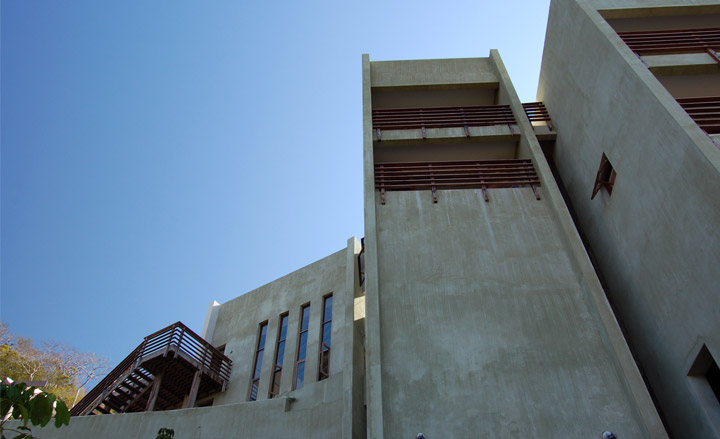
London based studio Edgley Design were a Wallpaper* directory pick earlier in the year. While their London-based work demonstrates an admirable simplicity and respect for the vernacular forms of the city, this new house in the Caribbean is a marked departure from cleverly contrived urban solutions.
Set on a steep, densely foliated hillside in the small island of Bequia, part of the Grenadines, the house is a fusion of influences, its form driven principally by the tropical climate. The layout references the Moroccan courtyard house, a traditional layout that uses internal courtyards to capitalise on the cooling effect of water pools and shade, offering up a more sheltered and austere set of façades to the surrounding hills.
Those external walls are also high, helping the internal shade as well as a sense of privacy, giving the structure a castellated look, a feeling accentuated by its lofty position overlooking the bay and rampart-esque terraces. External walls are rendered, floors are concrete and the simple horizonal balustrades inserted into the façade are made from Ipe wood, left untreated so they will weather with age.
The main living area is a large hall, with 5m glass doors that open directly onto the pool terrace. The four sleeping areas are arranged in two sets of 'towers', angled off the main courtyard. Bedrooms are located on the upper floor of each tower, reached by a private staircase, above a downstairs living space. In this way, the whole house is broken down into public and private, with the courtyard and main living room forming one continuous inside-outside space and the bedroom towers adding to the house's fortress-like appearance. A small guest annexe is location to the west, along with a sheltered terrace offering up views of the bay.
Services are pared down to the minimum, as befits an area without mains access, save for infrequent electricity. Cooling is achieved through the layout, which channels winds through the house and the glass-less windows. The concrete core is also designed to withstand the region's frequent hurricane force winds.
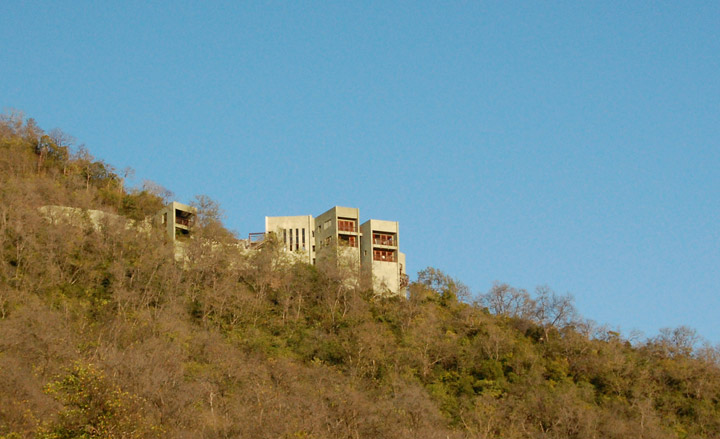
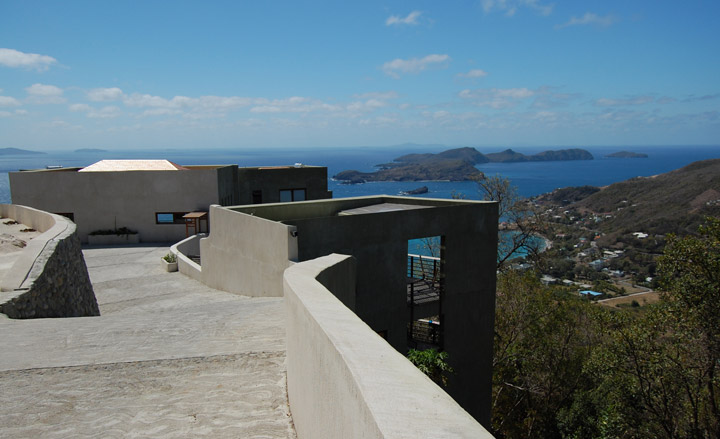
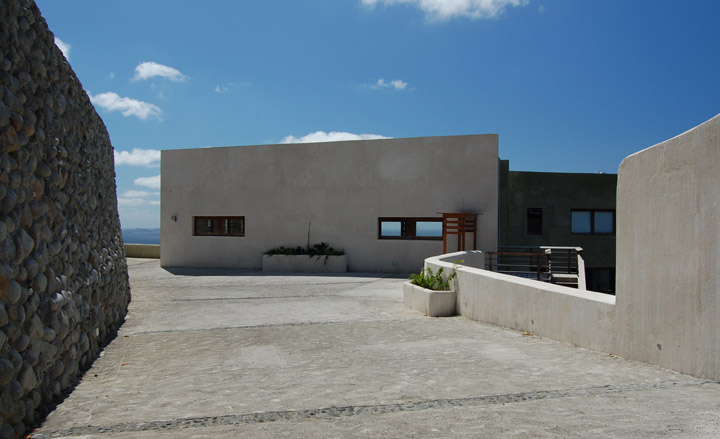
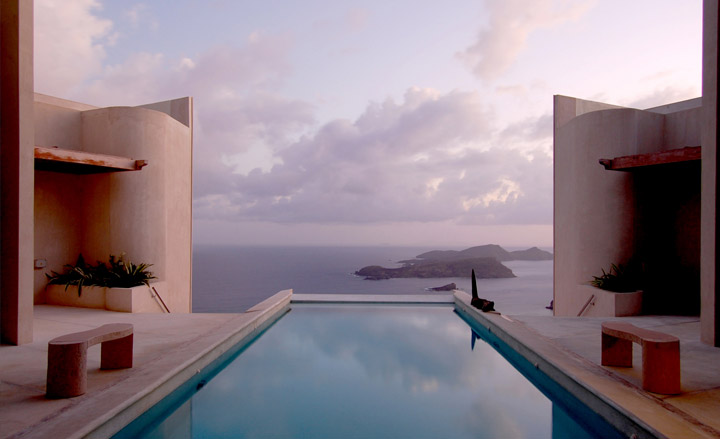
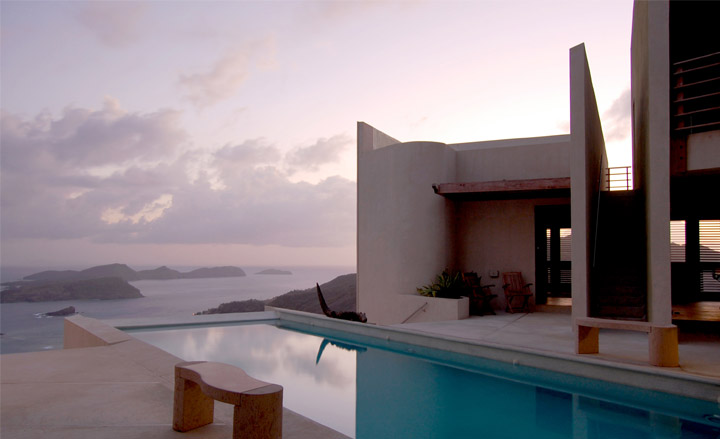



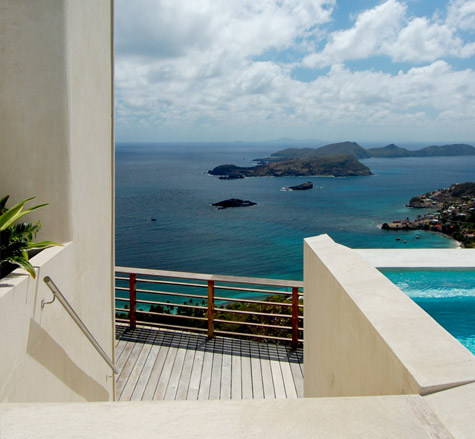
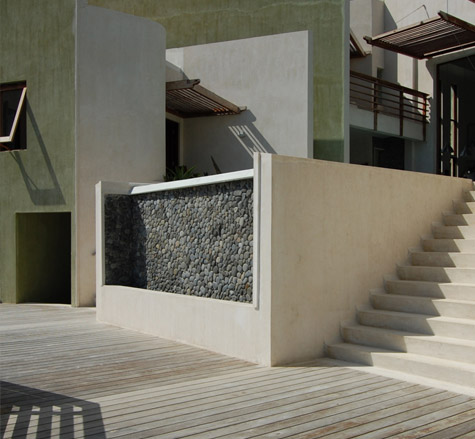
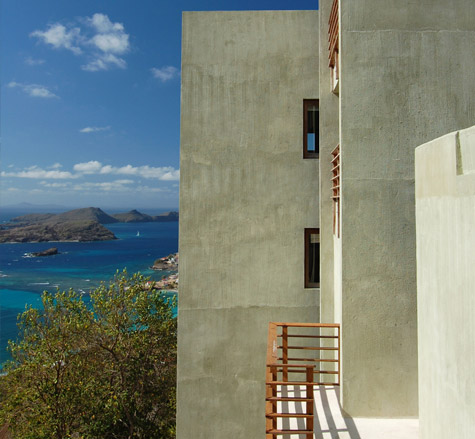
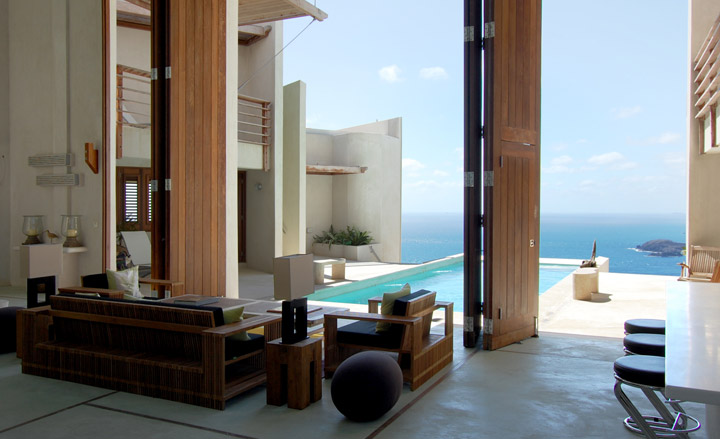
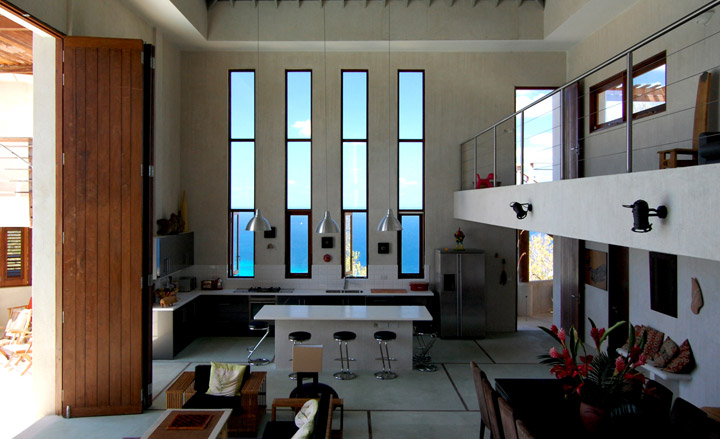
Receive our daily digest of inspiration, escapism and design stories from around the world direct to your inbox.
Ellie Stathaki is the Architecture & Environment Director at Wallpaper*. She trained as an architect at the Aristotle University of Thessaloniki in Greece and studied architectural history at the Bartlett in London. Now an established journalist, she has been a member of the Wallpaper* team since 2006, visiting buildings across the globe and interviewing leading architects such as Tadao Ando and Rem Koolhaas. Ellie has also taken part in judging panels, moderated events, curated shows and contributed in books, such as The Contemporary House (Thames & Hudson, 2018), Glenn Sestig Architecture Diary (2020) and House London (2022).
-
 The new Tudor Ranger watches master perfectly executed simplicity
The new Tudor Ranger watches master perfectly executed simplicityThe Tudor Ranger watches look back to the 1960s for a clean and legible design
-
 This late-night hangout brings back 1970s glam to LA’s Sunset Boulevard
This late-night hangout brings back 1970s glam to LA’s Sunset BoulevardGalerie On Sunset is primed for strong drinks, shared plates, live music, and long nights
-
 How Memphis developed from an informal gathering of restless creatives into one of design's most influential movements
How Memphis developed from an informal gathering of restless creatives into one of design's most influential movementsEverything you want to know about Memphis Design, from its history to its leading figures to the pieces to know (and buy)